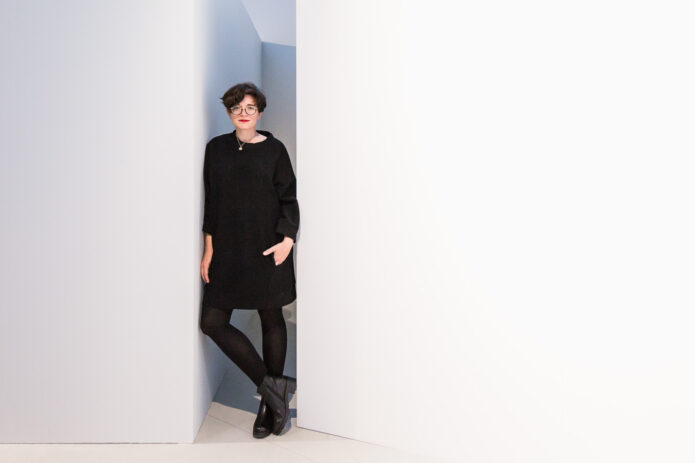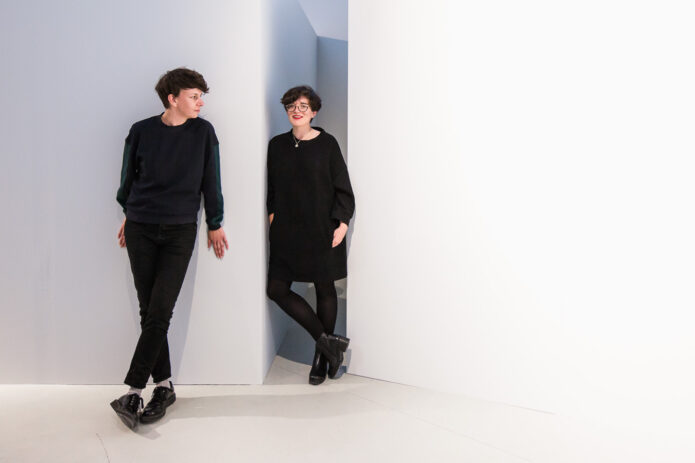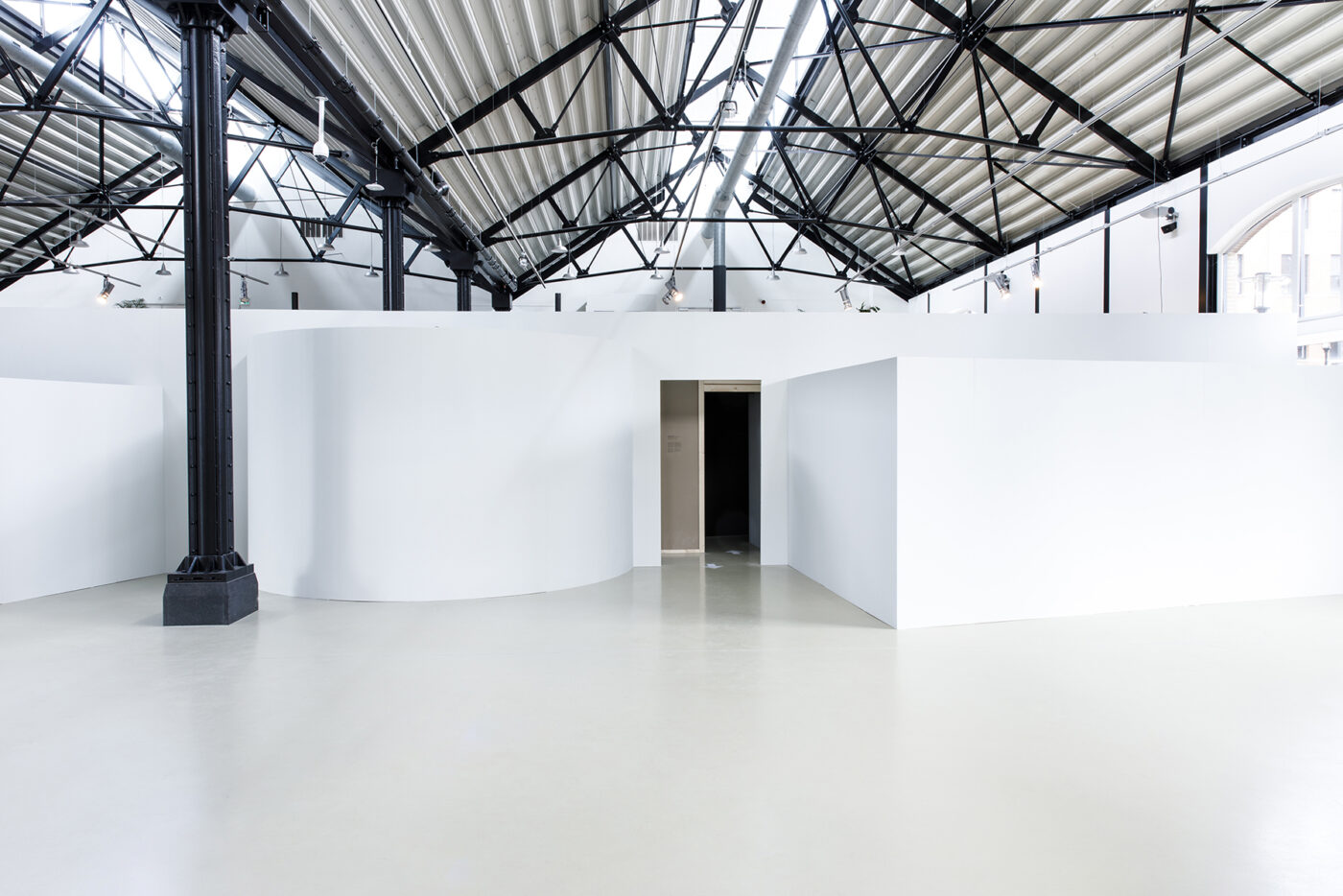 [:nl]Installatie ontwerp Arna Mačkić - From what will we reassemble ourselves (2020). Photo: © Eva Broekema / Framer Framed[:en]Installation design Arna Mačkić, From what will we reassemble ourselves (2020). Photo: © Eva Broekema / Framer Framed[:]
[:nl]Installatie ontwerp Arna Mačkić - From what will we reassemble ourselves (2020). Photo: © Eva Broekema / Framer Framed[:en]Installation design Arna Mačkić, From what will we reassemble ourselves (2020). Photo: © Eva Broekema / Framer Framed[:] Guided tour: From what will we reassemble ourselves
Take a tour of the group exhibition: From what will we reassemble ourselves together with curator Natasha Marie Llorens and initiator Anna Dasović. Framer Framed releases individual videos of the artworks during the lockdown period as its online finissage program.
Guided Tour: introduction
Online Premiere – Friday, 22 January 2021
Natasha Marie Llorens brought together six contemporary artists, a team of researchers, and an architect to consider a crucial question posed by Croatian-Bosnian author Jozefina Dautbegović: from what fragments – images, stories, archives, historical scraps – does one represent a life in the wake of genocide?
In the first episode of the tour, Natasha Lloren Marie and Anna Dasović introduce the exhibition and the exhibition design. Framer Framed commission architect, Arna Mačkić and Studio L A to create a site-specific exhibition design.
Arna Mačkić
From what will we reassemble ourselves (2020)
Architectural installation, commissioned by Framer Framed.
Arna Mačkić’s exhibition design, From what will we reassemble ourselves (2020), was commissioned in response to Anna Dasović’s on-going research which is the foundation for the exhibition. The visitor finds themselves in a narrow corridor connecting five archetypal rooms. Mačkić’s reference for these shapes is her own research on the Spomeniks, the Yugoslav word for monuments. The term also refers to abstract and brutalist World War II memorials erected throughout ex- Yugoslavia between 1960 and 1990.
Lana Čmajčanin
Online Premiere – Monday, 25 January 2021
Balkangreuel – Balkan Cruelty (2019)
Installation, print on wallpaper, dimensions variable.
Balkangreuel – Balkan Cruelty is a wall installation that repossesses twelve motifs from the drawing portfolio by the same name but embeds them in a comprehensive graphic design so that the viewer has to look carefully to discern them. This design includes floral motifs created from twelve flowers endemic to the territory of the 19th century Balkans. At first glance, these beautiful elements dominate the work, but a more thorough consideration reveals soldiers wearing the uniforms of Balkan countries engaged in sexual acts.
Anna Dasović
Online Premiere – Friday, 29 January 2021
Srebrenica who cares? (2017-ongoing)
Books, intervention with a marker and Indian ink.
In 1998, the Dutch UN commander Thom Karremans published the book Srebrenica Who Cares. Een puzzel van de werkelijkheid [A puzzle of reality] based on military diaries he kept during his deployment in Srebrenica. Dasović erases part of the title of every copy that she can find second hand with Indian ink. The title appears on the cover, the back flap, the title pages and at the bottom of almost every page. Once altered, the book, which was printed in an edition of 10.000, is put back into circulation, the proceedings of which will be used to buy new copies to alter.
Ana Hoffner ex-Prvulovic*
Online Premiere – Monday, 1 February 2021
Transferred Memories – Embodied Documents (2014)
Video installation, colour/sound, 14’ 35’’.
Transferred Memories – Embodied Documents focuses on the confrontation between images of atrocities and those who face them. The video installation emphasises the affective reaction of the viewer to representations of graphic violence. Two performers describe their encounter with material related to the wars in Bosnia and Herzegovina, listening to each other’s descriptions of their reactions.
Hoffner sees their relationship to the source material, which is never directly pictured in the video, as queer: the performers speak from the body about the body’s perception of violence, rather than relying on the supposed objectivity of photography and film to adequately represent it. The work includes a number of references to concentration camps located near Prijedor, northern Bosnia and Herzegovina, in particular Omarska and Trnopolje, which were within the same system of camps run by Serbian nationalists in the region. Moreover, through its visual semblance it established a strong relationship to photographs of Holocaust survivors taken at the liberation of the Nazi death camps.
* on the crossroads of who was born 1980 in Paraćin (Yugoslavia), who was moved in 1989, and received capitalist citizenship (Austria) with a new name in 2002.
Selma Selman
Online Premiere – Friday, 5 February 2021
Superpositional Intersectionalism (2020)
Commissioned by Framer Framed.
Coloured pencils on paper, 40×50 cm and 50×60 cm.
Selma Selman’s work seeks to map the Superpositional Intersectionalism of the body. Selman sees the possibility to integrate her plural representation of the body in transformation with today’s networked media culture while retaining the ethical demand made by the physical gaze.
Her drawings seek to expose and neutralise perceived conceptual oppositions and contradictions in order to render the possibility built- in to all relations, spaces and times. Her drawings encourage the viewer to re-evaluate that which is assumed to be unchangeable, impossible or unnegotiable.
Marko Peljhan
Online Premiere – Monday, 8 February 2021
Territory 1995 (2009-2010)
Installation with sound, archive materials, dimensions variable. Courtesy of the Van Abbemuseum.
Peljhan closely followed the events of the wars which spread across what
was then Yugoslavia in the early 1990s, including the genocide in Srebrenica. He condensed information about those events into Territory 1995 (2009–2010), an installation consisting of a document archive and an enclosed, sonically and visually insulated space. In this space, the artist presents analysis maps of the electronic and radio communications of attacking Serbian nationalist forces during the operations in and around Srebrenica. The audio component of the work is a compilation of material drawn from the archives of the International Criminal Tribunal for the former Yugoslavia (ICTY) in The Hague and from Peljhan’s own research in Bosnia and Herzegovina. Peljhan collected the most damaging communications transcripts into two notebooks, which are on view at the entrance to the black box.
Facing Srebrenica Project
Online Premiere – Friday, 12 February 2021
Dutchbat soldiers took a large number of private photographs of the inhabitants of Srebrenica during their stay in the UN enclave (1994-1995) for their personal photo albums and sometimes on request of inhabitants. The Facing Srebrenica database and academic research project (2020-2025) is a response to a recent request by survivors of the Srebrenica genocide to facilitate access to those photos in order to find pictures of their loved ones and their own past. In their search for the archive Erna Rijsdijk and Guido Snel explore the dialogic potential of the photographs and their importance for the future of memory of Srebrenica in Europe.
Read about Erna Rijsdijk and Guido Snel
More information about the exhibition can be found here: Digital Archive: From what will we reassemble ourselves
Conflict / Guided Tour /
Exhibitions

Exhibition: From what will we reassemble ourselves
A group exhibition conceived by Anna Dasović and curated by Natasha Marie Llorens
Network

Arna Mačkić
Architect
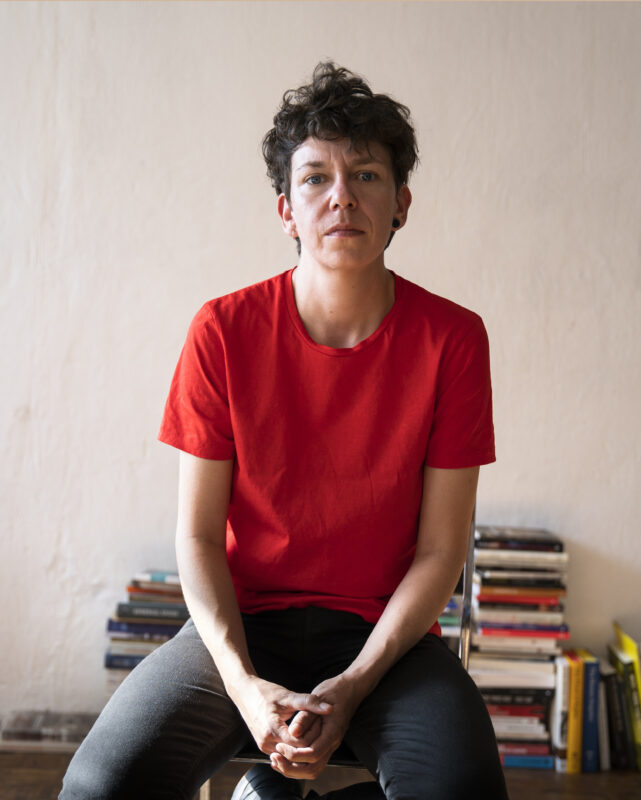
Anna Dasović
Artist
Ana Hoffner ex-Prvulovic*
Artist, Researcher
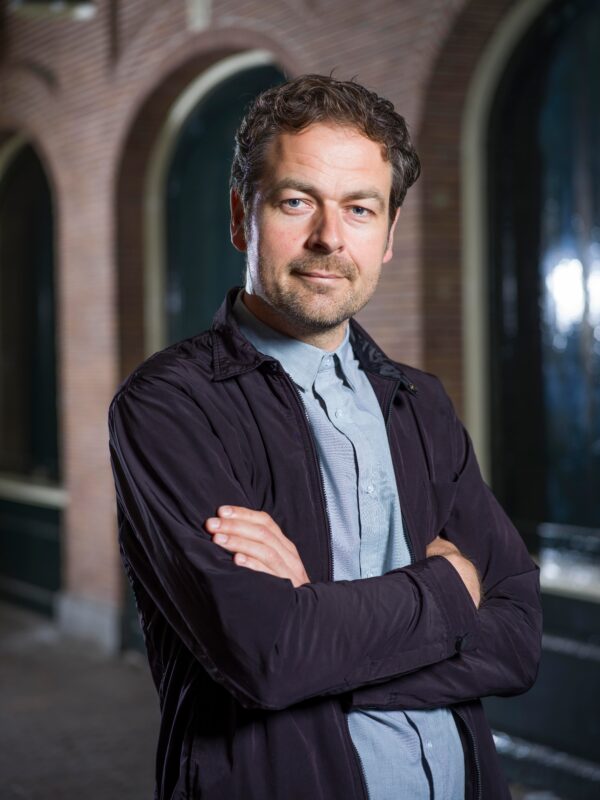
Guido Snel
Researcher
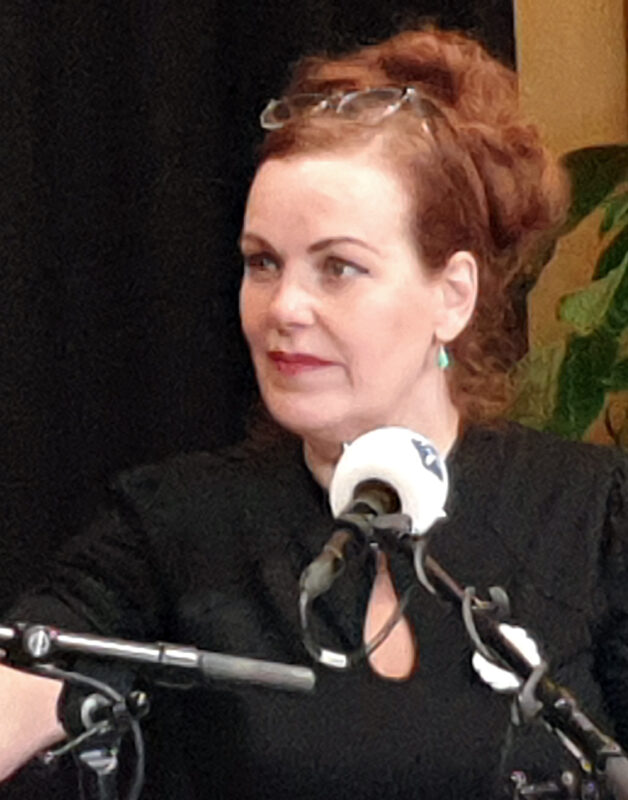
Erna Rijsdijk
Researcher
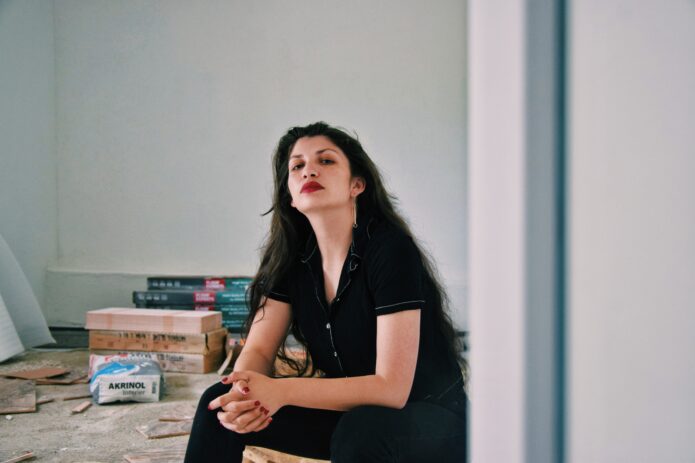
Selma Selman
Artist
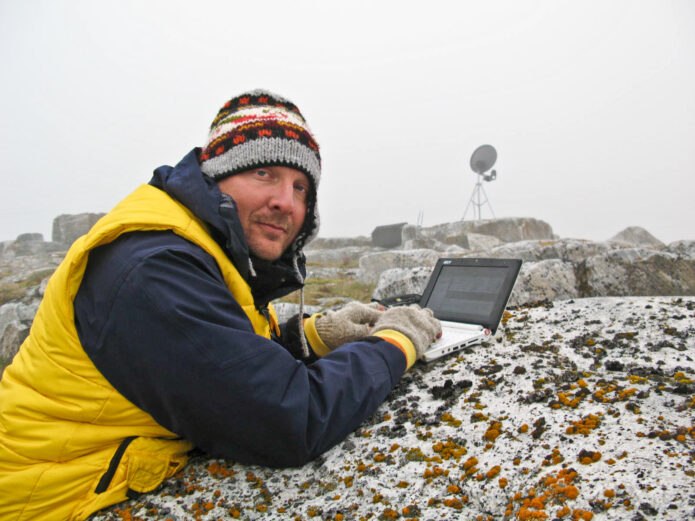
Marko Peljhan
Artist
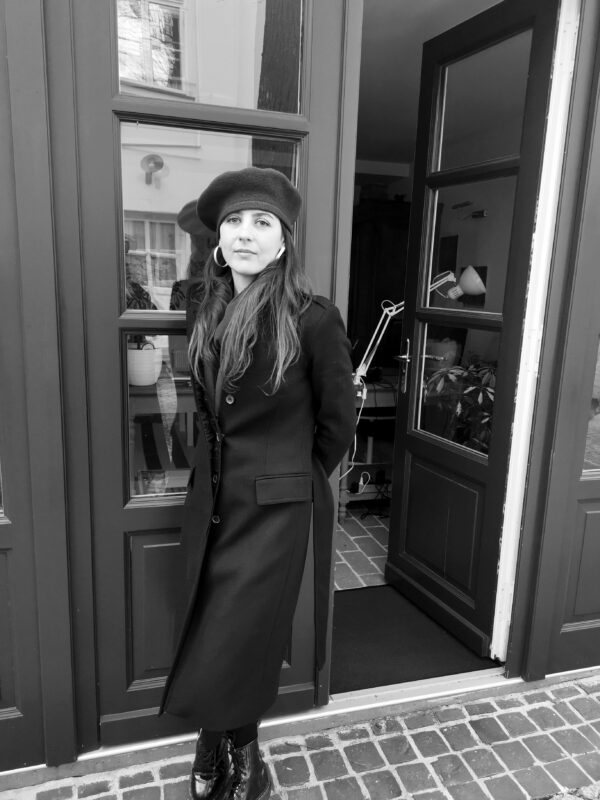
Lana Čmajčanin
Artist
